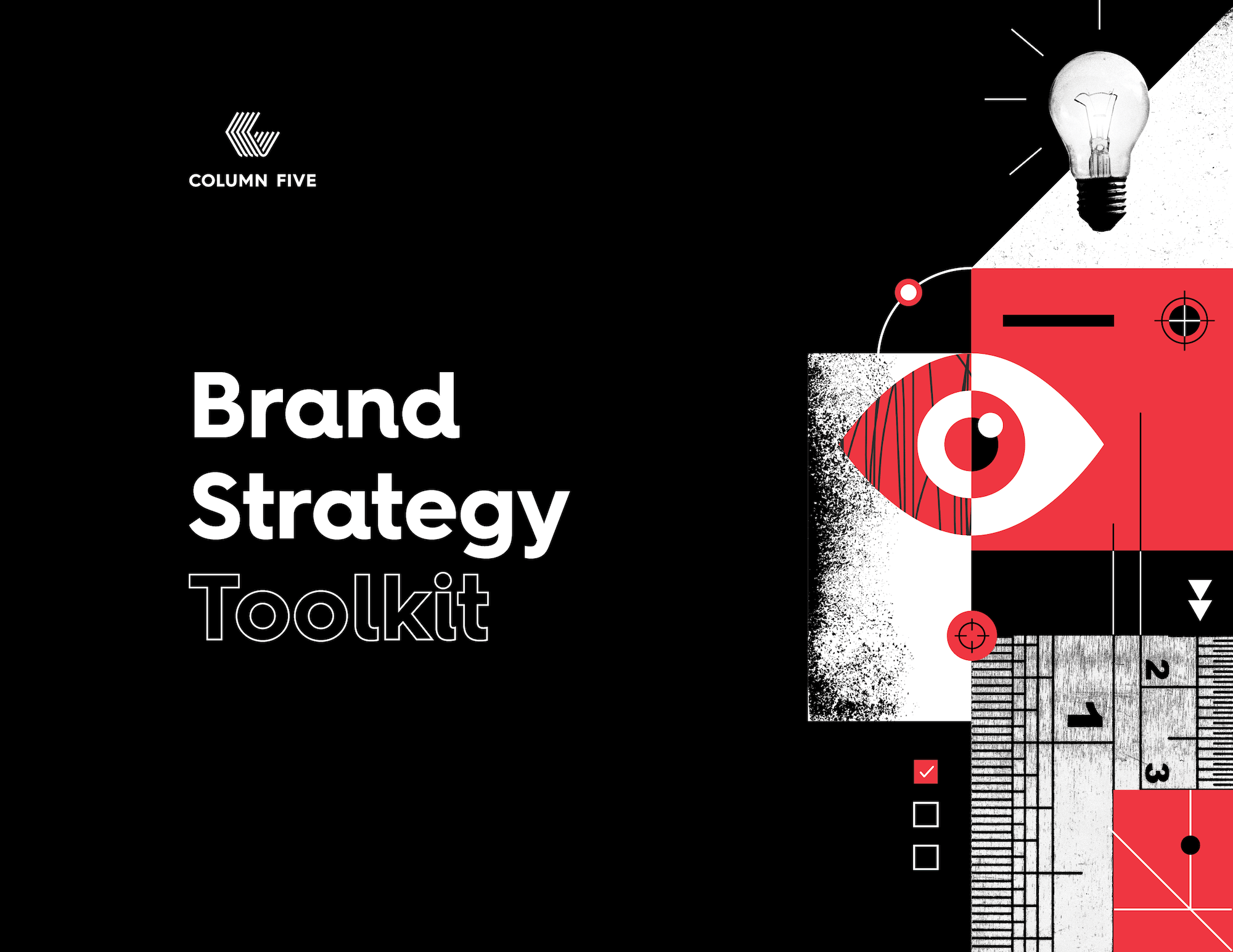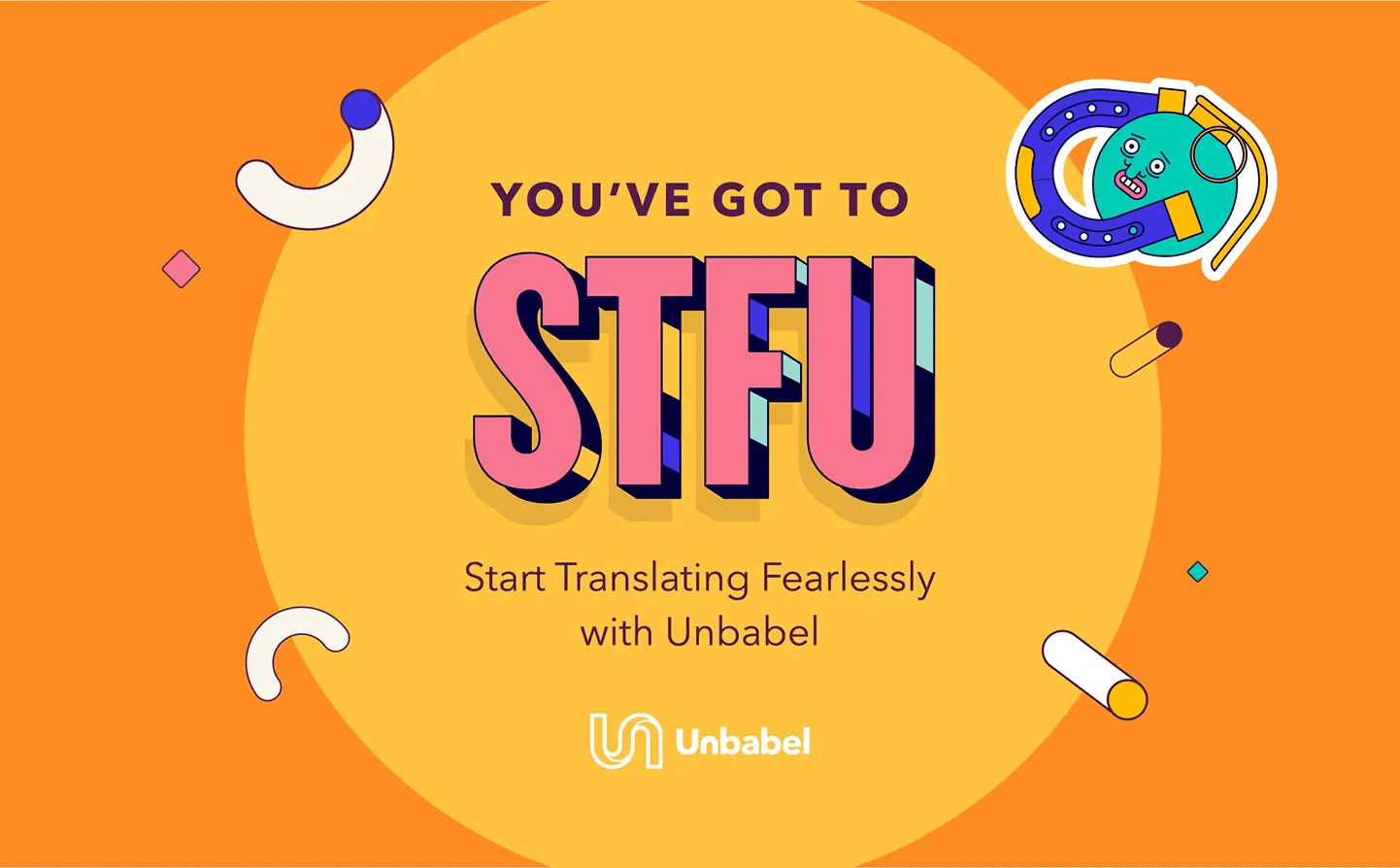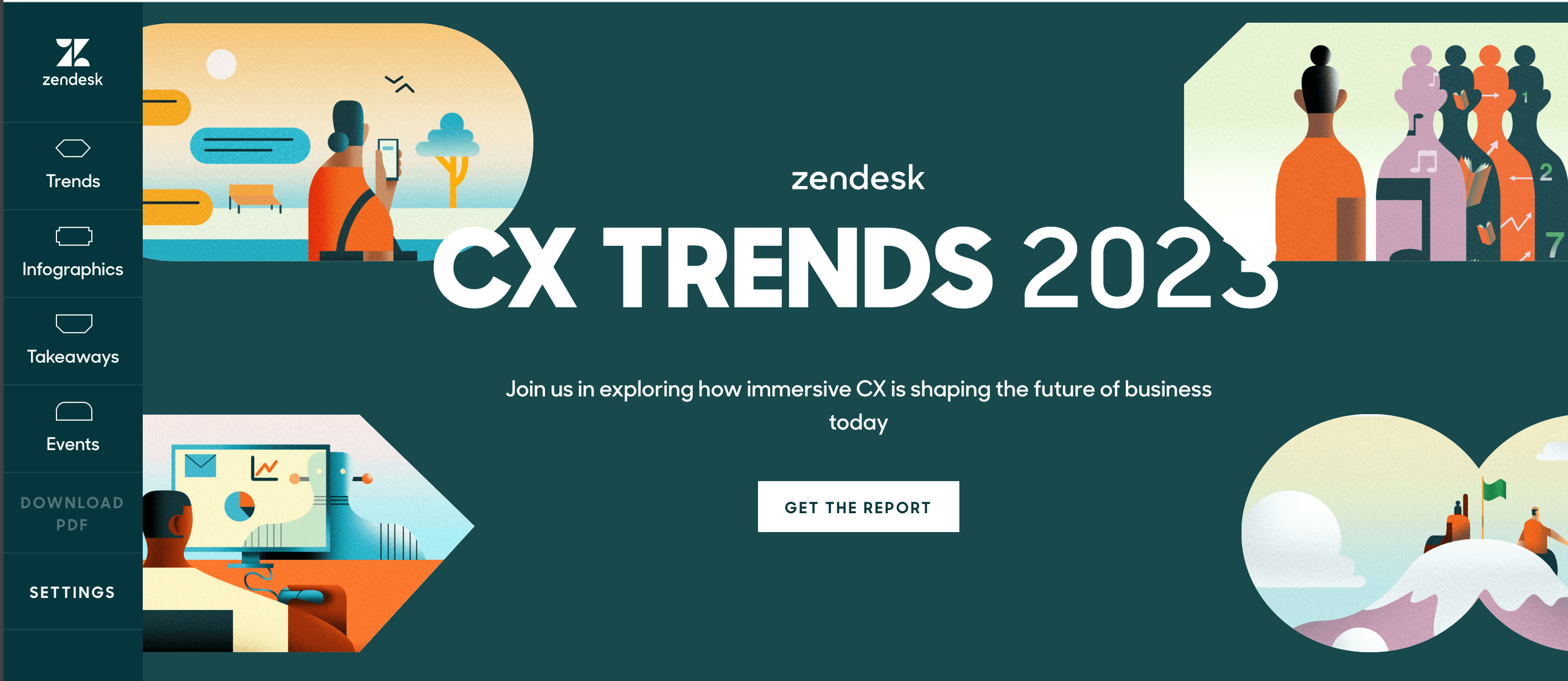No matter your industry or product, most marketers tend to, well, play it safe with their marketing ideas. They create the same type of content, tell the same types of stories, and rely on the same old cliches. (It’s no wonder that they see the same old results too.)
Understandably, not every brand’s goal is to break boundaries or live on the edge, but there are still plenty of ways you can and should push the envelope—even if you work in a more buttoned-up industry.
This is something that Drew Hoffman, VP of brand at SentinelOne, says he fights daily. During our conversation on our Best Story Wins podcast, we talked about the challenges he faces as a marketer in the cybersecurity industry, where so much of the marketing relies on old tropes.
“I think that not enough people really, really, really try to push the envelope in our space and do something different.”
—Drew Hoffman, VP of brand at SentinelOne
This hesitancy to do something new isn’t unique to the cybersecurity space. Plenty of marketers struggle with it (including many of our clients). But, if we’re honest, the reason they don’t try to push the envelope isn’t always because they’re too scared to do it or lack the resources to do it. It’s usually because they’re struggling with stagnancy. They’re too complacent, and they don’t take the time to think critically about what they’re doing—or come up with different ways to stand out. If this sounds familiar, don’t get down on yourself. Help is on the way.
As marketing pros who have helped plenty of brands push their creativity and get great results because of it, we know some of the best hacks to help you reassess your content, brainstorm better marketing ideas, and grab the attention you deserve.
How to Brainstorm Marketing Ideas that Push the Envelope
The good news is that pushing your boundaries doesn’t mean you have to do something shocking. (Translation: You don’t have to be an edge lord to make waves.) Sometimes you just need to view something from a different angle, vet your ideas in different ways, or try something unexpected. So, if you’re looking for inspiration for your next brainstorm, try these tips.
1) Pinpoint your audience’s most powerful emotions.
The key to breaking through the noise and making an impact with your audience is making a personal connection, and there’s nothing more potent or powerful than your audience’s feelings. Hence, if you want to push the envelope and, hey, even push a few buttons, you need to know what is really driving your audience.
- Are they driven by a deep-seated fear?
- Do they have a secret desire?
- Are they desperate for a solution to a frustrating problem?
Leading with that emotion is a surefire way to grab their attention.
The more you can tap into your audience’s emotions, the more you can create content they can’t get enough of.
Now, that doesn’t mean we’re encouraging you to be emotionally manipulative to shock your audience. But brainstorming marketing ideas based on their most powerful emotions is a great way to push the envelope creatively and speak directly to their needs.
Tip: It is especially important to lead with emotion at the beginning of your buyer journey. Find out how to tailor your buyer journey to start emotional. close logical.
Example: Squarespace knocked it out of the park with their brilliant “5 to 9 by Dolly Parton” Superbowl ad, featuring Dolly Parton singing her classic anthem—with a twist. The spot was a clever call to the side hustlers of the world, encouraging them to use Squarespace to do the thing they all desire to do: “Make 5 to 9 your dream job.”
2) Think about what would infuriate you if you saw your competition do it.
Try this thought exercise. Think of your competitor debuting a massively successful piece of content that made you insanely jealous. What would it be?
- A hilarious viral video?
- A brilliant interactive tool that helps customers do something quickly and easily?
- A beautiful template library to support learning?
If there’s something you’ve always thought should exist in your industry—but doesn’t—and it would be devastating to see your competition create it first, go forth and make it yourself.
Of course, you can always glean inspiration from people outside your industry too. For the record, Hoffman says he doesn’t look to his competition or places like Pinterest for inspiration because he feels it tends to make marketing reductive. In fact, he prefers to get his marketing inspiration from film directors.
Tip: If you want some great inspiration from other industries, check out these digital marketing examples that are anything but boring.
Example: When we undertook our own agency rebrand, we researched every branding resource out there to find the perfect framework to get us through the process in an effective way. Unfortunately, we realized that an easy guide and workbook didn’t exist, so we needed to create one ourselves. Our guide to creating a brand strategy has since become one of our most popular pieces of content. (In fact, two people have even called our office to leave us voicemails thanking us for creating a resource they desperately needed but—just like us—had struggled to find.)

3) Be provocative.
Being provocative doesn’t mean your marketing ideas have to be scandalous or shocking. The goal is to provoke thought, excite your audience, or elicit a strong reaction. There are many ways to do this throughout your buyer journey.
- Ask a provocative question. People want to participate in conversations, especially about provocative or controversial topics. Asking your audience about these things is a great way to engage with them.
- Make a bold statement. Develop a unique perspective in your industry—and be very vocal about it. This is one of the best ways to differentiate your brand. (For example, we often tell marketers they should stop creating content.)
- Challenge stereotypes. Break boundaries by promoting diversity, inclusivity, and cultural sensitivity in your marketing. Represent a wide range of voices, experiences, and perspectives in your campaigns.
Tip: Clickworthy headlines are one of the best ways to “stop the scroll.” Note that we said clickworthy, not clickbaity. For more tips to write provocative headlines, use Coschedule’s headline analyzer.
Example: Unbabel is building a Language Operations platform that helps every team across a company easily interact with customers in any language. To turn heads and build brand awareness, we built a campaign around four provocative letters: STFU. Whereas that phrase is usually NSFW (traditionally standing for Shut the F*** Up), we reimagined its meaning, encouraging people to Start Translating Fearlessly with Unbabel. This provocative twist grabbed the Unbabel audience’s attention across platforms.

4) Do something surprising or unexpected.
Every industry defaults to a certain type of generic storytelling, language, or even design. Challenge these industry norms or traditional marketing practices to make your brand stand out more. For example, Hoffman points out that the cybersecurity industry often relies on outdated cliches (think ‘90s dude hackers in hoodies). He tries to fight back against this narrative by positioning SentinelOne as a brand with a more modern take.
Fortunately, there are all sorts of ways to do something unexpected, whether that’s revamping your brand positioning to be more provocative, adding something surprising or fun to your website, or rewriting your order confirmation emails to be more entertaining.
Tip: Find out how to make your content more fun and entertaining throughout your buyer journey.
Example: LaunchDarkly is a feature management platform powering the best software products. While this B2B product is a technical solution, their brand voice is anything but boring. We love the way they infuse fun and personality into every part of their marketing. From their Best Practices page (where they provide “Tips, tricks, and assorted sorcery to better control software releases” ) to their Dev workshop series (cheekily titled “Talking Ship”), their content is incredibly refreshing and really stands out compared to their competitors.
Calling all SHIP TALKERS 😎🤬 Join us at 9am on June 21st for a GameDay experience ⚡️ Learn how to use feature flags on AWS to deploy new apps, target users, build experiments, and so much more!
Register now! https://t.co/X0Wn9H4djq pic.twitter.com/sxa6phZu3p
— LaunchDarkly (@LaunchDarkly) June 13, 2023
5) Use data to uncover fascinating stories.
You wouldn’t normally equate data, which can sound dry or dull, with envelope-pushing. But data is one of the best tools to build credibility with an audience—and back up surprising (or even outrageous) claims.
- Did your latest whitepaper reveal a shocking trend?
- Can you uncover data points that dispel a long-held industry belief?
- Have you found surprising stats that can grab attention on social media?
Best of all, strong data insights can become newsworthy fodder to get you placement in industry or mainstream news publications.
Where do you find that data? Internal data is a powerful (and proprietary) source of information that your competition doesn’t have, but publicly available data can also support your data storytelling. Fortunately, there is more data available than ever before. (See these 100+ sources of free data to get started.)
Tip: Use advanced analytics tools to uncover patterns, identify trends, and make data-backed decisions. This knowledge will empower you to create personalized, targeted campaigns that break through the noise and resonate with your audience on a deeper level. If you’re not sure how to identify the interesting points in your data, see our guide to finding strong data stories.
Example: Zendesk’s CX Trends 2023 report explores how immersive CX is shaping the future of business today. It’s a fantastic resource for the industry and helps to educate Zendesk’s audience. It’s even landed them mentions in publications like Forbes. We give them bonus points for creating the report as a bold and colorful interactive vs. a dry and boring PDF.

How to Keep Your Marketing Ideas Fresh
No matter how much experience you have in marketing, you need to stay flexible and adaptable to be successful. If you’re looking for even more ways to up your game going forward, we have a few.
- Work smarter, not harder. Use tools, templates, and tricks to hack your way to success. You can start with our resources library, where you’ll find our best content to help you hit your goals.
- Maximize your brainstorms. If you’re short on inspiration, use our free template to brainstorm a month’s worth of marketing ideas in under an hour.
- Subscribe to the Best Story Wins podcast. You can start with Hoffman’s episode to find out more about how he makes waves in the cybersecurity industry.
Most importantly, make sure your content strategy is current and aligned to your larger goals. If you need a partner to help bring your content strategy to life, see our FAQs to find out what it’s like to work with us, or reach out.




